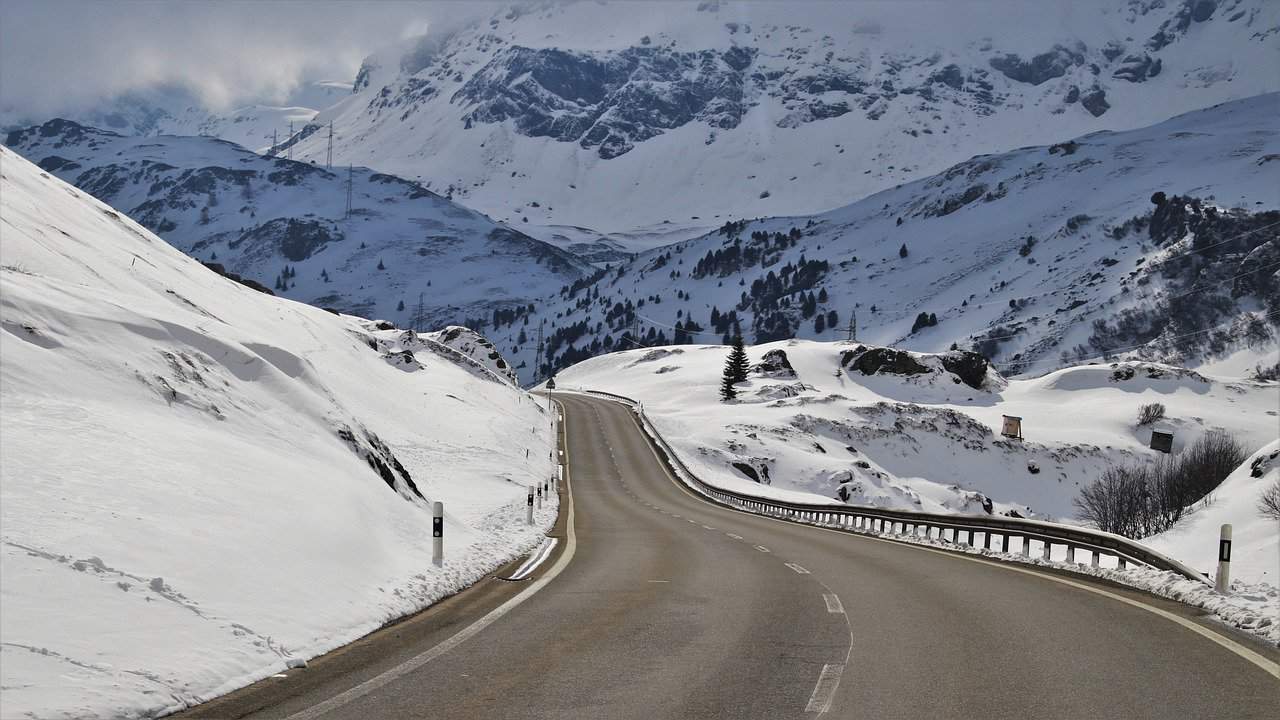
Driving economically is the goal of many people, especially considering that fuel prices have been quite high for a long time, and even their current state does not mean that they will not rise again. So how to drive a car economically in the mountains?
In order to be able to drive economically well in the mountains, it is useful to know the rules for driving economically on flat terrain. It’s all a matter of taking care of the absolute basics. Among other things, we are talking about tire pressure, which should be at the right level. Too low a pressure will mean higher fuel consumption. In addition, a lot depends on the technical condition.
This is because there are many faults that can affect how much fuel a passenger car consumes. Any failure of the electronics or individual components of the drive unit can cause consumption to increase by up to 2 liters per 100 kilometers. That’s why it’s a good idea to perform regular maintenance and observe whether the engine and the entire car are working properly.
It is also worth taking care to reduce the load on the car or its proper aerodynamics. Any items such as roof or hitch-mounted racks are worth removing when we know we won’t be using them, as they put a strain on the car and also significantly worsen its aerodynamics.
Driving style is also of great importance. Acceleration should be efficient, and we should pay attention to how the engine is running so that we are always in the right gear. In addition, the key is to keep driving smoothly. We’re talking about making sure that changes in the car’s speed, whether increasing it when accelerating or decreasing it when braking, are as infrequent as possible.
The main danger that lurks on us in the mountains is, of course, unevenness and climbs. Proper behavior during ascents and descents will optimize fuel consumption as much as possible. First of all, you can’t accelerate on uphills. It’s best to accelerate ahead of them, and once you’re on an uphill, simply maintain the speed at which you’re traveling or use enough gas to only drop slightly.
Behavior on hill descents is also important. On them, we sensibly use gears so that we partially brake the engine, but also so that the car can maintain its speed or even accelerate for free, thereby saving fuel before the climb. It is also undesirable to have to brake harder on the downhill. In this way we lose all the free acceleration.
main photo: pixabay.com/pasja1000